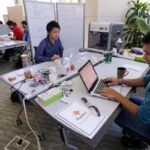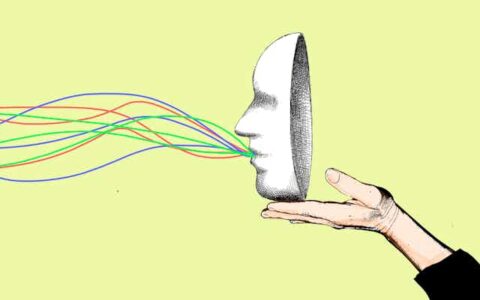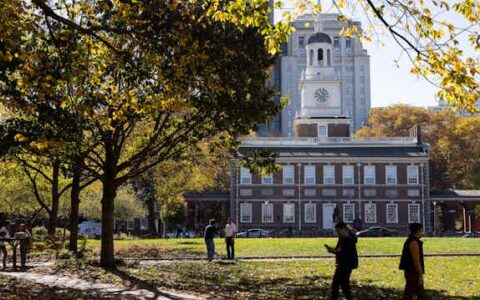Amitrajeet A. Batabyal, Distinguished Professor, Arthur J. Gosnell Professor of Economics, & Interim Head, Department of Sustainability, Rochester Institute of Technology
The 21st century has witnessed an unprecedented surge in technological advancements, with artificial intelligence emerging as a worldwide transformative force across the economy. The integration of AI-based technologies into regional economies through the manufacturing and design of goods such as smartphones and smart speakers has sparked significant changes, leading to increased efficiency, innovation and economic growth.
So far, analyses by the urban theorist Richard Florida and others have shown that the economic development driven by AI, like other waves of high technology, are tending to concentrate in specific areas, such as the San Francisco Bay Area and the Washington-to-Boston Northeast Corridor, as well as Shenzhen, often referred to as China’s Silicon Valley.
All are centers of innovation with vibrant tech ecosystems and home to leading global tech companies, such as Google, Apple and many AI startups in the case of Silicon Valley, and Huawei and Tencent in the case of Shenzhen. The ability of AI-based technologies to augment rather than replace human capabilities in such hubs has led to the creation of new job opportunities. This suggests that regions that actively support the development of these technologies are likely to witness a positive relationship between workforce transformation and economic growth.
Technology and creativity
There are two significant points Florida makes about regional growth dynamics related to AI-based technologies and regional growth. First, regions that want to thrive economically need to attract what he has coined the creative class: professionals, including but not limited to university professors, scientists and engineers.
Second, attracting these individuals is important because they possess creative capital, or the ability to create new ideas, technologies, business models, cultural forms and whole new industries that can improve regional economies and lives. This means that creative class members are a basic driver of regional economic growth and development.
How does AI play into this established dynamic of tech-led regional development that produces winners and losers?
As an expert on regional economics, I and my colleagues studied the use of AI-based technologies and regional economic growth. Our analysis sheds light on this critical question by examining just how AI-infused technologies benefit regional economies and those that produce creative goods in the short and long term.
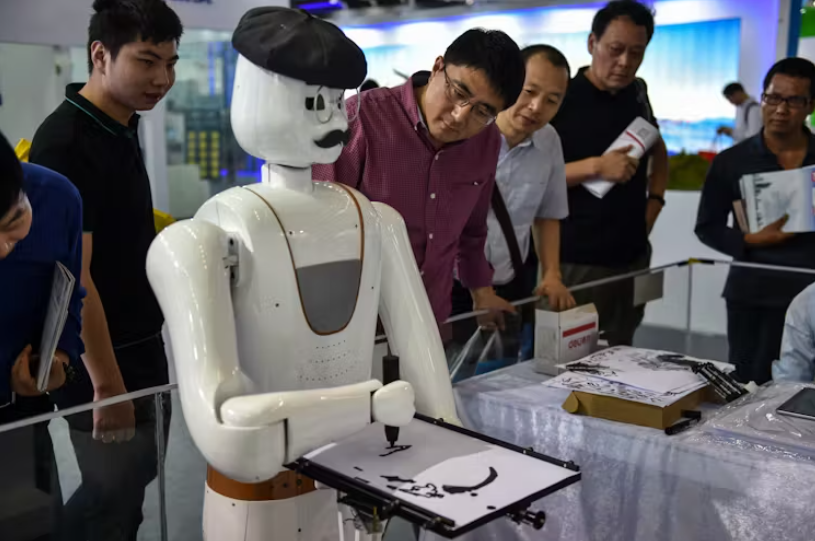
AI and economic growth
We examined a hypothetical region reflective of creative hubs like Silicon Valley, Shenzhen and the Toronto-Waterloo Corridor, focusing on individuals using an AI-based technology to create products such as smartphones, autonomous vehicles and smart speakers. These technologies enhance smartphones with features such as facial recognition, assist in the production of autonomous vehicles through AI-driven design and simulations, and enable smart speakers and personal assistants to understand and respond to user commands via natural language processing and machine learning algorithms.
The use of an AI-based technology permits creative people in a region to enhance the impact that their own creative capital, knowledge and skills have on the production of these goods. Our research shows that an AI-powered regional economy will reach a balanced growth path, or the point at which the productivity of each creative person is positive and stable.
So how do initial differences between creative regions in the use of AI-based technologies affect long-term economic growth? What effects do initial differences in the use of AI-based technologies between, for instance, San Francisco and Seattle have on long-term economic growth in these same cities?
Long-term growth
Consider two regions, A and B – think of A as the San Francisco Bay Area and B as Seattle. A is able to save double the amount that B does investing in an advanced AI-based technology, and A also invests twice as much as B in improving the skills of its creative workforce.
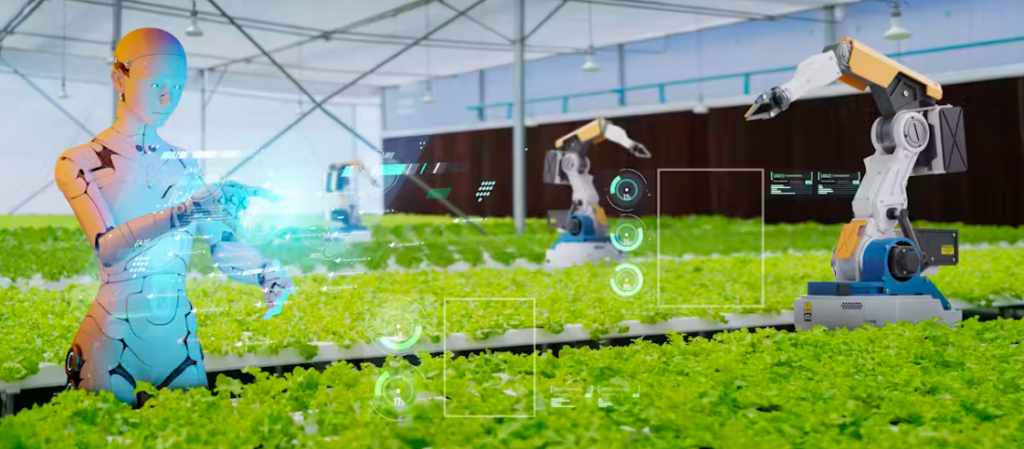
Our research indicates that while A saved twice as much as B on AI and skill development, this small initial gap results in a 32-fold difference in long-term output per creative worker between the two regions. In simple terms, even small differences in savings rates early on can lead to significant gaps in economic output per creative individual over time.
Similarly, our research also demonstrates that even though creative region A saves twice the amount that creative region B does to create a more powerful AI-based technology and skills, this twofold initial difference between the two regions leads to a 64-fold difference in the long-run accumulation of skills per creative person between these same two regions. Once again, the relatively minor initial differences in the two savings rates translate into a greatly magnified impact on the long-run values of skills per creative person.
Some policy lessons
For a given creative region such as the Toronto-Waterloo Corridor in Canada, taking steps now to generate more powerful AI-based technologies is likely to result in substantially magnified benefits in terms of increased output and skills per creative person in the long run.
Second, consider a creative region that is lagging another creative region in terms of output and skills per creative person. For such a region to get ahead, it will need to increase its investment in AI-based technology and skills.
Research shows that AI assets and capabilities in the U.S. are concentrated in San Francisco, San Jose, New York, Los Angeles, Boston and Seattle. Without targeted investments in building and improving AI-based technologies, the present highly skewed nature of AI activity in the U.S. is likely to continue to create large pools of high-skilled workers in some regions while other regions suffer a “brain drain” that leaves lower-skilled workers behind.
This influence is noteworthy, but it is also a double-edged sword. It promises to raise productivity and growth but also to increase the gap between creative regions that make initial investments to improve AI-based technologies and skills – currently coastal regions in the U.S. – and those that do not in the vast American heartland.


